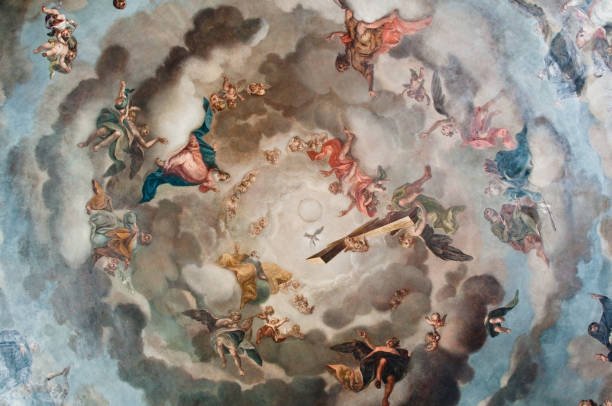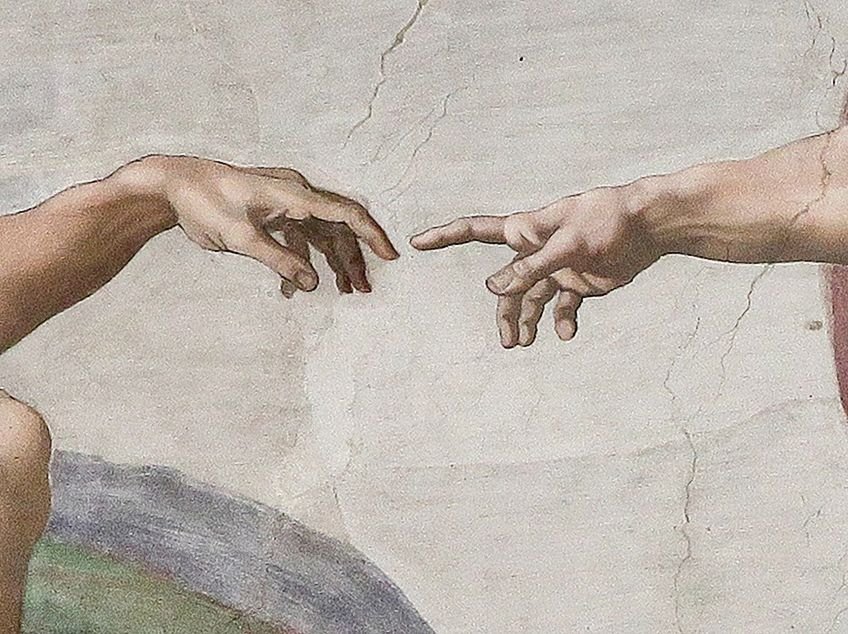Renaissance art represents one of the most transformative and intellectually rich phases in the history of Western culture. Emerging between the 14th and 16th centuries, it marked a clear break from medieval aesthetics and introduced a new view of humanity, nature, and knowledge. This shift toward reason, observation, and harmony fostered the creation of artworks that shaped not only artistic practices but also science and philosophy.
Even centuries later, the legacy of Renaissance art remains vibrant and influential. The formal balance, symmetrical compositions, technical mastery, and focus on the human figure continue to inspire artists and viewers around the world.
Renaissance art today is not just a historical reference—it actively informs contemporary visual culture, from cinema to digital art.
Renaissance Art: Science, Beauty, and Humanity
The Renaissance was grounded in the rediscovery of classical ideals, but its true innovation came from integration. Artists like Leonardo da Vinci, Michelangelo, Raphael, and Botticelli explored new expressive possibilities by combining mathematics, anatomy, and optical theory. In Leonardo da Vinci by Walter Isaacson (2017), we see how the artist used scientific observation as a foundation for his art, revealing a uniquely interdisciplinary mind.
A perfect example is The Last Supper, where Leonardo’s use of linear perspective draws the viewer’s eye directly to Christ. Michelangelo’s ceiling in the Sistine Chapel celebrates the human body as divine creation, emphasizing muscle, proportion, and gesture with an intensity that still resonates today.
This focus on the human body came with a heightened sensitivity to emotion. For the first time in art history, portraiture aimed to express inner life—feelings, thoughts, and psychological complexity—opening a path to psychology through art.
The Presence of Renaissance Art Today
Renaissance art’s influence today goes far beyond museum curation. Many Renaissance principles shape modern design, photography, and even neuroaesthetics—the study of how art affects the brain. According to The Renaissance Effect on Modern Visual Culture, by the University of Cambridge (2019), visual concepts like the golden ratio, chiaroscuro, and spatial harmony still guide advertising, fashion, and film.

Museums like MoMA in New York and the National Gallery in London highlight these connections. MoMA has held exhibitions comparing Renaissance techniques with modern works—for instance, the large-scale portraits of Chuck Close reflect Renaissance detail and human focus through a modern lens.
Digital artists are also reimagining Renaissance icons through augmented reality and generative art. A standout example is Reblink, by the Art Gallery of Ontario, which layers classical paintings with digital animations, inviting viewers to reengage with familiar images in novel ways. These reinterpretations ensure that Renaissance art remains relevant and inspiring in our digital age.
Education, Digital Art, and Aesthetic Revival
Art education remains deeply rooted in Renaissance methods. Even in contemporary and experimental programs, the study of perspective, anatomy, and chiaroscuro remains essential. The Story of Art, by E.H. Gombrich (1950), remains a foundational text, framing the Renaissance as a pivotal shift in both aesthetics and philosophy.
Furthermore, Renaissance art offers a counterbalance to digital overstimulation. In a world saturated with rapid content and distraction, works like The Birth of Venus or The School of Athens provide moments of stillness, depth, and visual clarity. This contemplative quality explains why some therapists and artists use Renaissance imagery in mindfulness and visual meditation practices.
In short, Renaissance art transcends its own historical era. Its influence spans disciplines and continues to evolve. It is not just museum heritage, but a living visual language that speaks to the modern mind and soul.



